
Orchestral Suite No. 1 in C Major
A suite in Seven movements.
I. Ouverture
II. Courante
III. Gavotte I & II
IV. Forlane
V. Menuet I & II
VI. Bourrée I & II
VII. Passpied I & II
For more, see the Wikipedia page for the Bach suites.

A suite in Seven movements.
I. Ouverture
II. Courante
III. Gavotte I & II
IV. Forlane
V. Menuet I & II
VI. Bourrée I & II
VII. Passpied I & II
For more, see the Wikipedia page for the Bach suites.
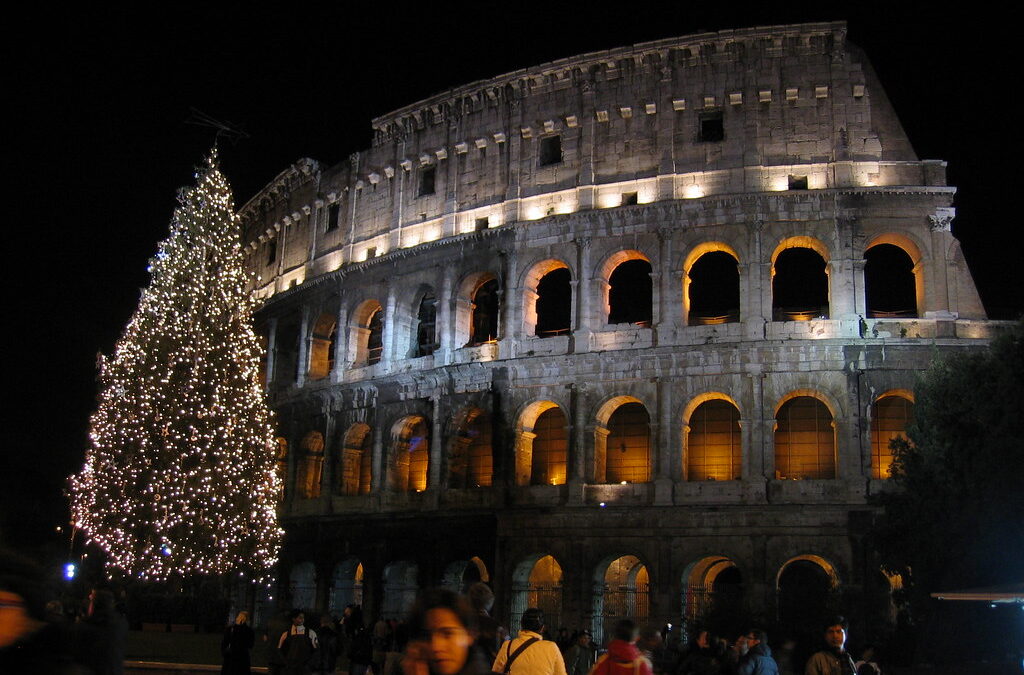
This piece is one of twelve concerti grossi published in 1714 and is one of Corelli’s most famous
works. Subtitled “Fatto per la notte di Natale” (i.e., for Christmas night), it was probably
composed in 1690 for Cardinal Pietro Ottoboni. This work is scored as a “concerto grosso” for
strings and continuo, in which a “solo” group (here, two violins and one ‘cello) play in contrast
with the rest of the strings (the “ripieno”).
This concerto features five contrasting movements. A quick opening Vivace leads to a slow
Grave, replete with suspensions. The following Allegro contrasts the solo instruments with the
ripieno, with suspensions in the two solo violins and florid solo ‘cello passages. The melodic
Adagio movement, featuring the solo instruments, is interrupted by a sudden quick “ripieno”
section before reprising its slow opening. After a spritely Vivace, a fiery Allegro movement
highlights fast passages in the first solo violin. It connects directly with the concluding
Pastorale, written in a slow contemplative manner, with unison drones evoking shepherds in the
fields on Christmas Eve.
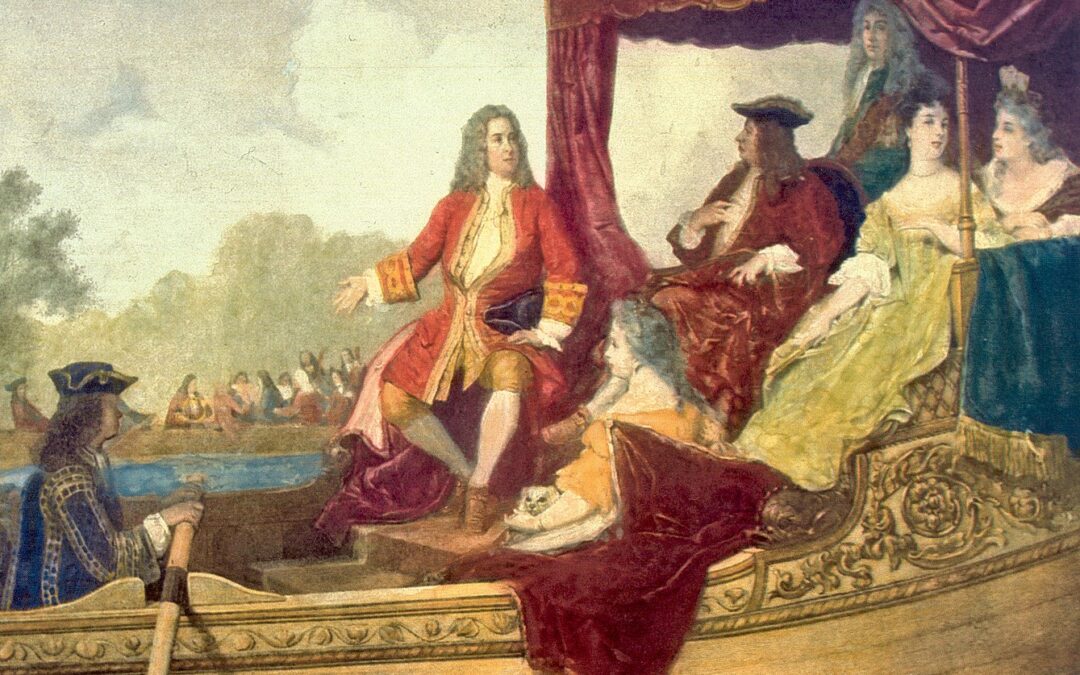
10 minutes. Instrumentation: 2 oboes, 1 bassoon, 2 horns, 2 trumpets, timpani, and strings.
Born in Germany the same year as Johann Sebastian Bach, Handel worked as a composer in Hamburg and Italy before settling permanently in 1712 in London, where he completed the bulk of his work. He is consistently recognized as one of the greatest composers of his age.
The Water Music resulted from King George I’s commission for a grand, public concert on the River Thames. It premiered in 1717 from a barge of 50 musicians floating upstream on the evening tide, along with a barge carrying the king and several aristocrats. Many other Londoners also took to boats and barges to enjoy the concert. When the tide turned, the procession reversed course back to its starting point. The king was so pleased that he ordered the Water Music to be repeated at least three times in both directions.
The Water Music is divided into three suites, with Suite No. 2 known as the “Trumpet Suite.” The first, fast-tempo movement begins with a fanfare in the trumpet and horn and then moves to a regal dotted-note motif with other virtuoso twists. The second movement, “Hornpipe,” is one of Handel’s most famous instrumental compositions. Its syncopations make it an instant earworm. Although most often called a minuet due to its triple meter, the stately, binary-form piece that comes third in the D major suite in fact carries the heading “Coro,” or Chorus. The fourth movement, “Lentement,” is pensive and provides the only minor moment in the suite. The final movement, “Air” – really in the rapid style of the bourrée – is to be played three times, leaving it up to the musicians to decide what, if any, textural contrasts might be nice each time around.
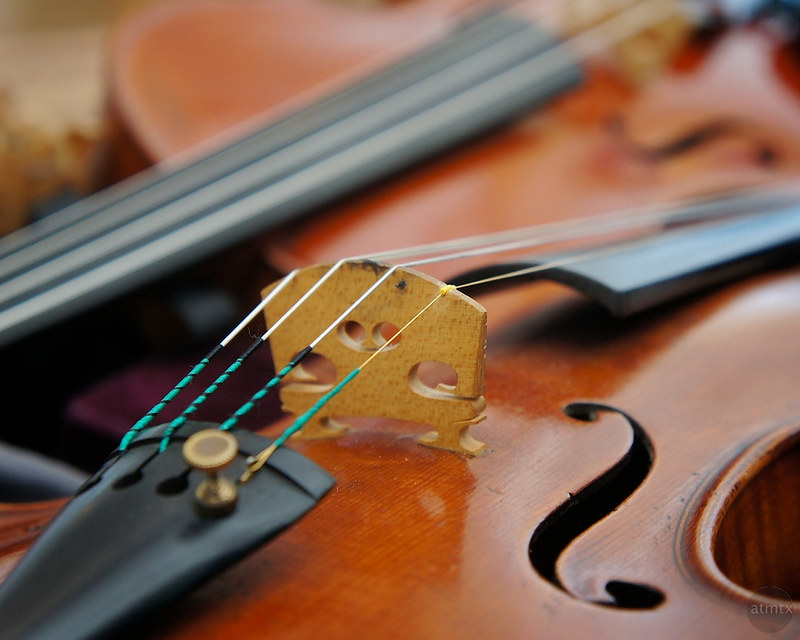
This is one of Bach’s most popular and well-known instrumental concertos. While its original composition date is unknown, recent scholarship points to a composition date of 1730-31, during his tenure at Leipzig. The concerto is scored for two solo violins, strings and continuo. It is written in the typical three movements of baroque concertos – a fast opening movement, a slow middle movement, and a lively third movement. Bach weaves his themes in contrapuntal style between the orchestral and the two soloists. The concerto’s texture varies between full orchestra passages and solo passages, which alternate between the two soloists. The second movement adagio is a lyrical duet between the two soloists, accompanied by a harmonic orchestral choir.

This work is part of a collection of six “Brandenburg Concertos” written by Bach in the early 18th century, probably between 1708 and 1721. While probably not conceived as a unitary set of works, Bach gathered all of them together and sent them, together with a dedication, to the Margrave of Brandenburg in 1721 (evidently in pursuit of a musical position). While his job search didn’t pan out, his Brandenburg concerti – only rediscovered in the Brandenburg library and published in 1850 – have since become world-famous.
Each of the concerti is scored for a different combination of string and wind instruments. Brandenburg Concerto No.3 is scored for strings and continuo (cembalo), but with a twist – there are three separate parts for each section (violins, violas and cellos), together with a unifying bass and cembalo part. The result is an intriguing combination of unified orchestral playing interspersed with separate solo lines. Bach himself is said to have played the first viola part in this work, leading the ensemble from that position.
The first movement’s vigorous opening is the basis for all of the other melodic and contrapuntal elements in the movement, with motifs traded back and forth between and within violins, violas, and cellos. For the second movement, Bach only wrote two long chords to be played by the strings. While occasionally played that way, another view is that he intended an improvisatory passage to be played leading into those chords, either by a solo violin or solo keyboard. For today’s performance we have adapted a short passage from a Bach keyboard work to be played on the harpsichord as a bridge to the last movement. The concluding allegro is a rollicking gigue-like dance featuring non-stop contrapuntal lines among the string sections, with notable violin and viola solos.
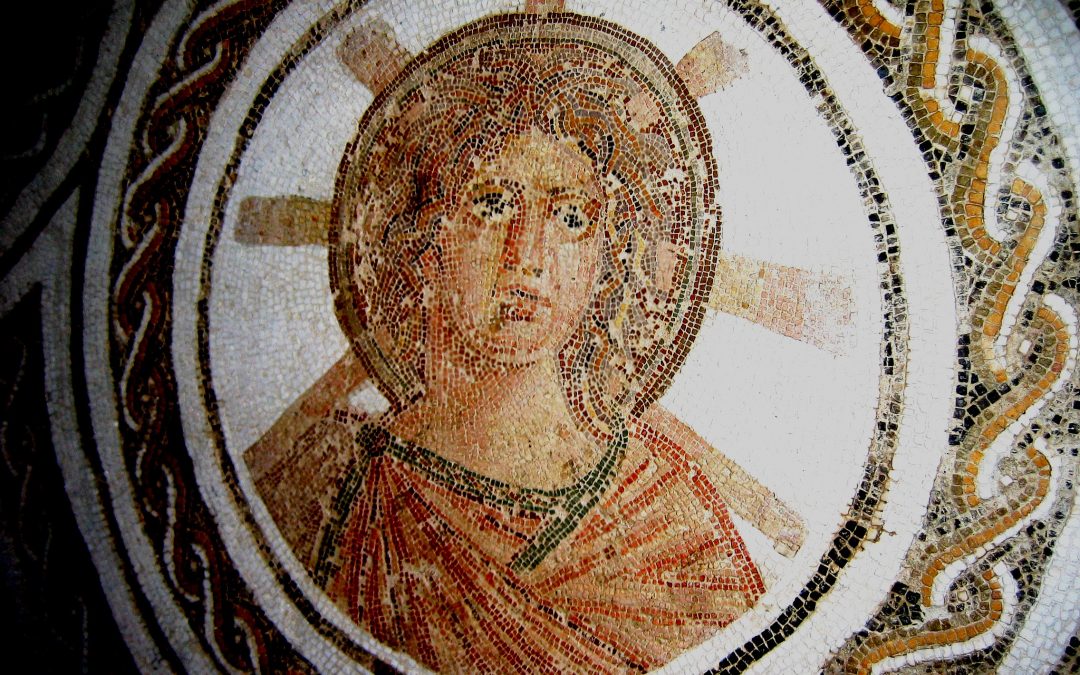
Les Boréades (The Descendants of Boreas) or Abaris is an opera in five acts by Jean-Philippe Rameau.
(more…)
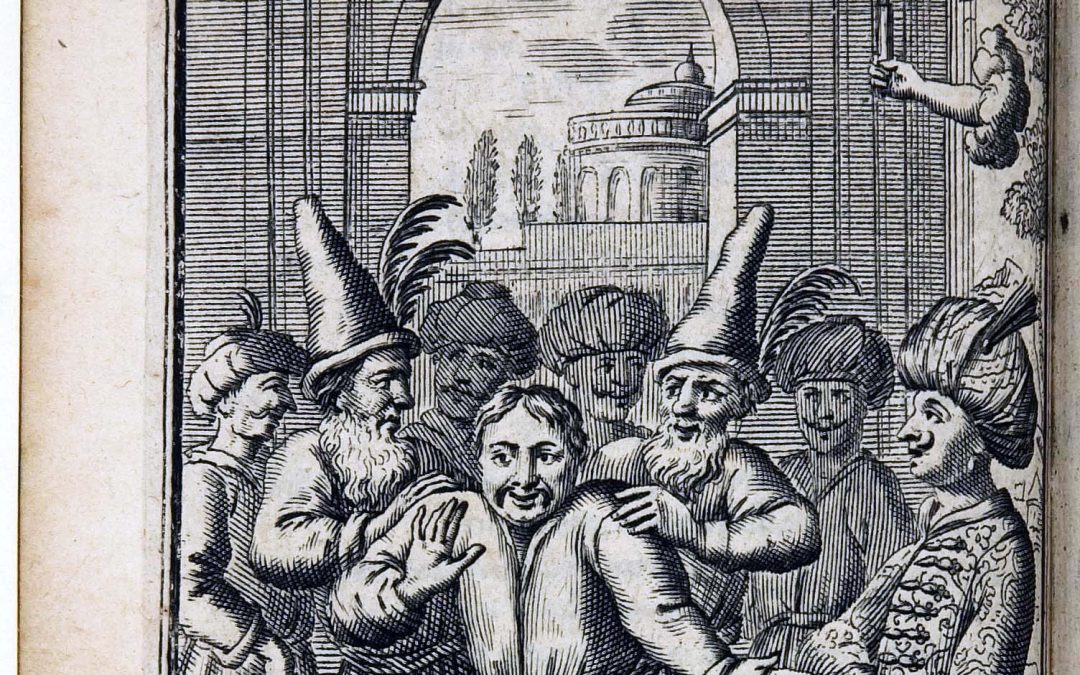
Lully was France’s most significant composer of the 17th century. Born in Florence as “Giovanni Battista Lulli,” he was brought to France as a teenager to help a noblewoman improve her Italian. He quickly became proficient in music and dance.
He captured the fancy of the young Louis XIV, with whom he became a ballet partner at the age of 20. Louis soon selected him as his own instrumental composer, and eventually appointed Lully as the chief composer and impresario of the realm.
Lully began many of the conventions of the French Baroque, including the characteristic “French” overture used by later baroque composers such as Bach, Handel and Telemann. He collaborated with noted French playwrights to compose theatrical entertainments for the king. Among these works was Molière’s “Le Bourgeois Gentilhomme” (“The Would-Be Gentleman”), a “comedy-ballet” which was first performed at Louis’ command in 1670. The plot details the misguided efforts of Monsieur Jourdain, a middle-class merchant, to raise himself to the nobility. Among other antics, he hires masters of music, dance, fencing and philosophy to tutor him in their arts; is fitted with ridiculous-looking clothes (which he thinks are the newest style); and denies permission to his daughter to marry her middle-class suitor. To trick Jourdain into giving permission, the suitor disguises himself as the son of the Grand Turk. A farcical ceremony is held to raise Jourdain to the imaginary rank of “Mamamouchi,” after which Jourdain consents to the marriage!
Lully’s music is an integral part of the play. The selections we’re performing include the Overture; a suite of dances performed by the dancing-master’s students; ceremonial music for dressing Jourdain in his new clothes, and the joy of the tailor’s assistants after Jourdain generously tips them; music for the “Turkish” ceremony; and two sets of dances (Spanish and Italian) from the “Ballet of the Nations” which ends the comedy-ballet.
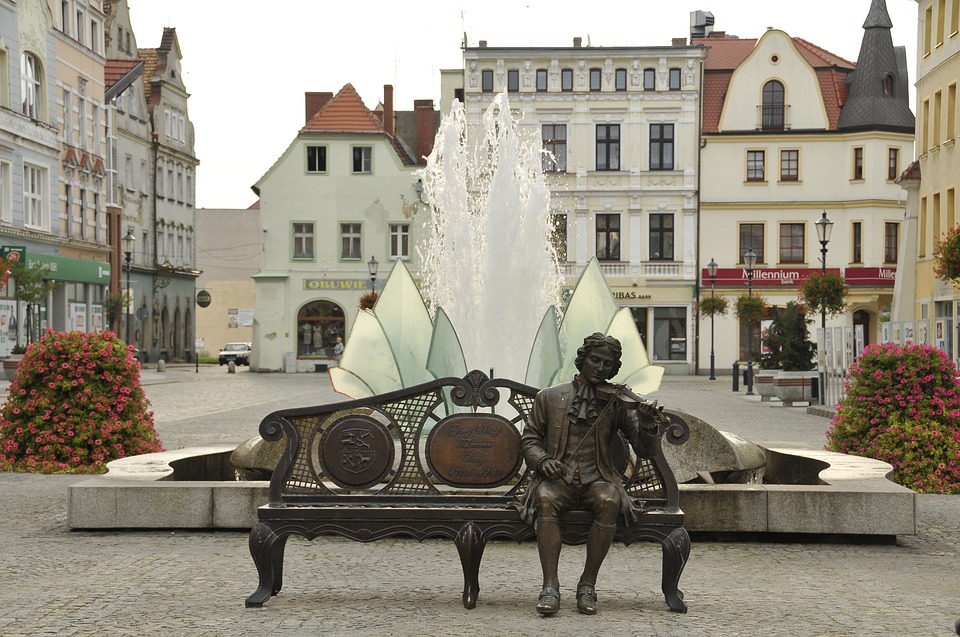
Georg Philipp Telemann was one of the most prominent composers of the baroque era. Widely respected and well-known throughout Europe, he was a friend of Johann Sebastian Bach and corresponded with Handel. A self-taught musician, Telemann early on became adept at playing many instruments, including organ, violin, recorder, viola da gamba, double bass, flute, oboe and bass trombone.
Initially setting out to study law in Leipzig, his musical talents were quickly discovered. After holding a number of posts in Leipzig, Sorau, Eisenach and Frankfurt, in 1721 Telemann became music director in Hamburg of five churches as well as its opera, and remained in Hamburg for the rest of life. Telemann traveled widely throughout Europe, and was familiar with many different styles and schools of musical composition. He was a prolific composer, writing thousands of compositions, many of which survive. His output included operas, cantatas, orchestral suites, concertos, and chamber music.
The concerto grosso we’re playing today was composed by Telemann in 1716 to celebrate the birth of Prince Leopold, heir to Emperor Charles VI in Frankfurt. As befitting the occasion, Telemann scored it for an impressive array of instruments, including three trumpets and two oboes, highlighting them effectively throughout this piece.
The concerto opens with a stately intrada in “French Overture” style, with dotted rhythms.
The second movement is a fugal allegro, first introduced by the violins and oboes, and taken up by the other instruments in turn.
The aria-like third movement features a lyrical oboe solo set against a background of soft strings and continuo.
The dance-like last movement closes out the concerto in joyous fashion, befitting the occasion for which it was written.
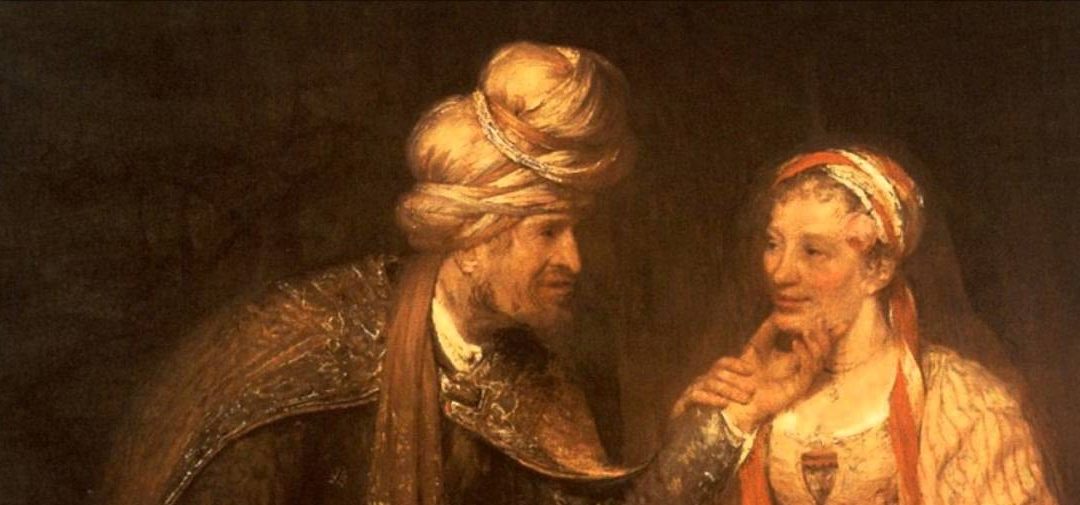
Purcell is considered one of England’s greatest native-born composers, flourishing during the Restoration period which followed the accession of King Charles II. Prodigiously talented, he composed hundreds of works, including anthems, hymns, songs, operas, odes, theater music and instrumental works. Purcell composed his incidental music to the play “Abdelazer, or the Moor’s Revenge” in 1695, shortly before his untimely death at the age of 36. Music played an important part in Restoration theater. It marked a play’s opening and closing, scene and mood changes, and highlighted different aspects of the action. For this revenge tragedy, Purcell wrote nine separate instrumental sections — a declamatory overture and many different varieties of dance music. Of all of these, the second movement Rondeau is the most celebrated; it was used by Benjamin Britten as his theme for “The Young Person’s Guide to the Orchestra.”
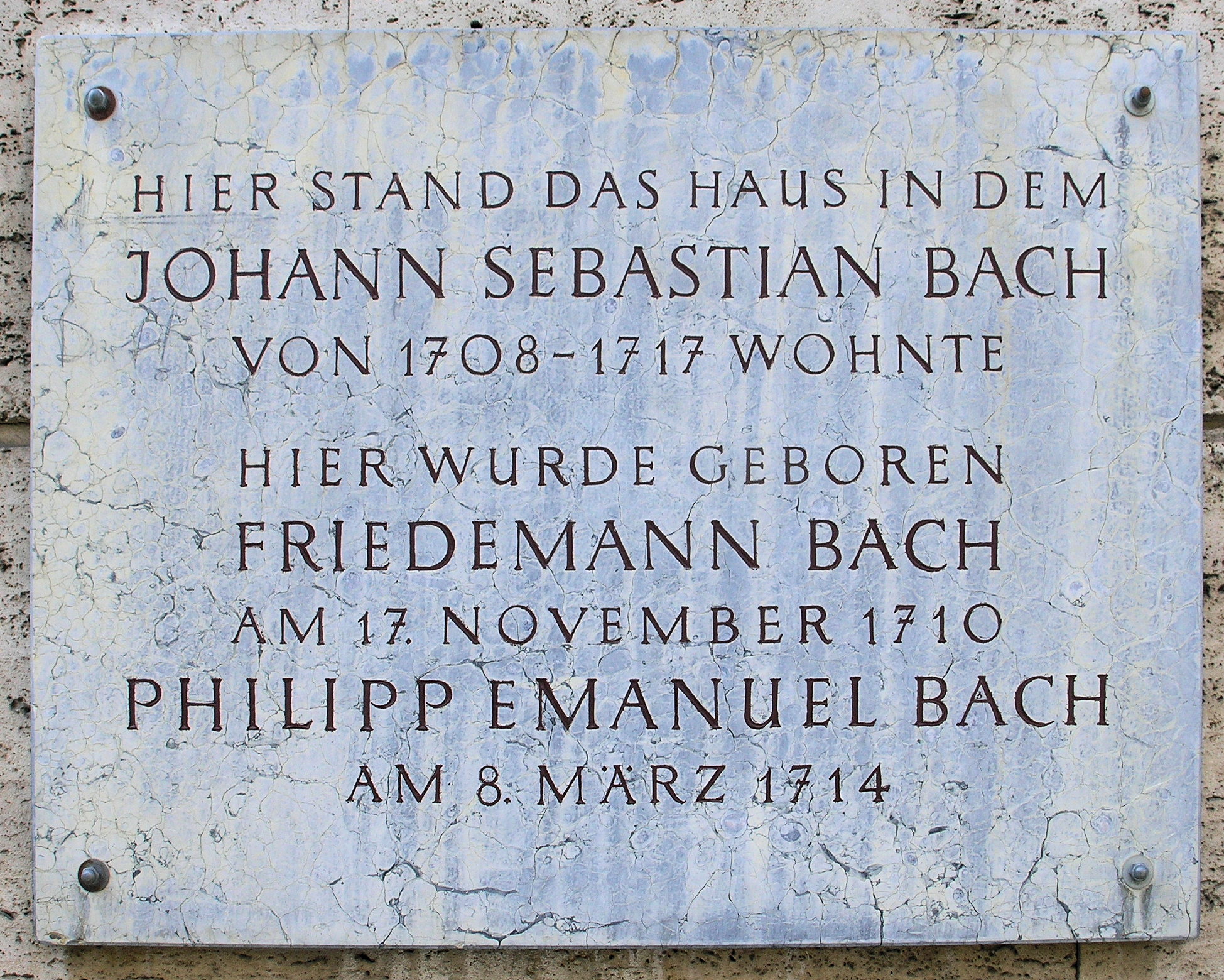
This violin concerto is an early work by Bach, probably written in the 1720s while he was resident in Weimar. It is one of his most frequently-recorded and beloved works, and a masterful example of interplay between the violin soloist and string orchestra.
The first movement allegro starts off with a vigorous rising three-note motif, repeated in major and minor keys throughout, and contrasted with rising and falling 16th-note scales.
The second movement is a deeply felt and introspective adagio. Its main theme is an ostinato (repeating) figure in the ‘celli, basses and continuo, against which the solo violin weaves intricate figurations in an intimate musical exchange.
The last movement is a triple-meter rondo, in which the rousing string theme is interspersed with solo violin variations.